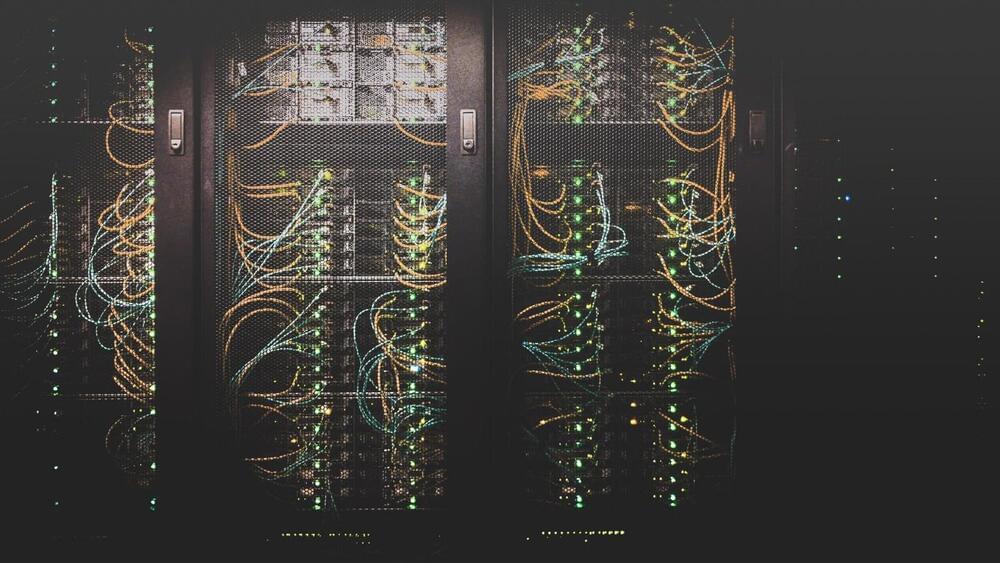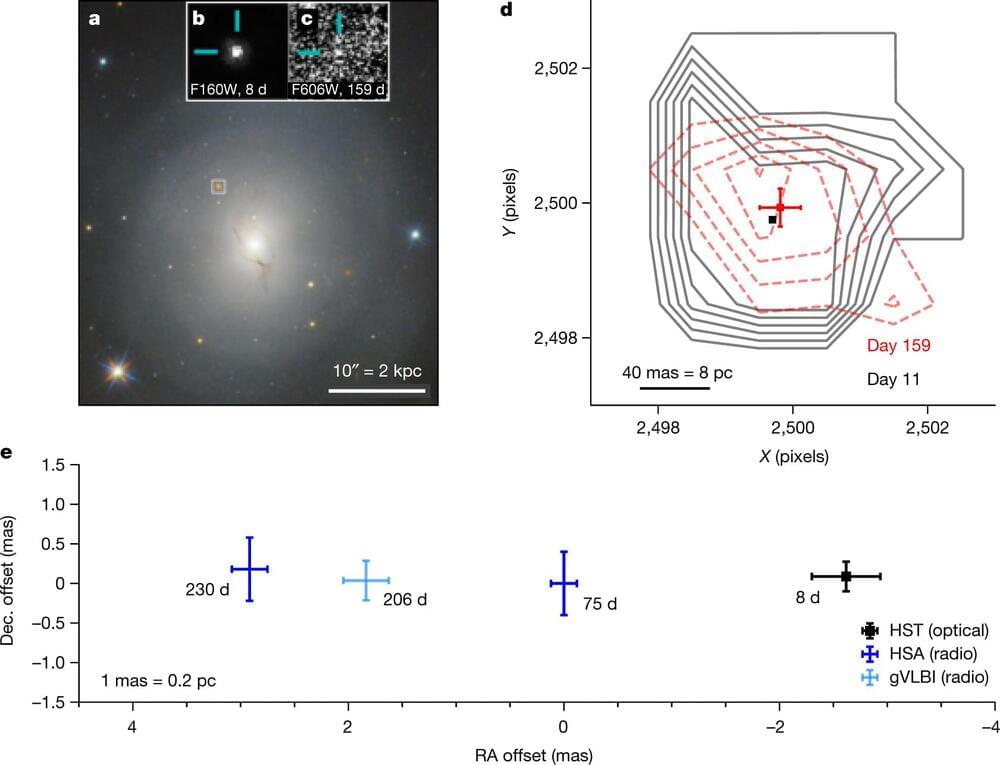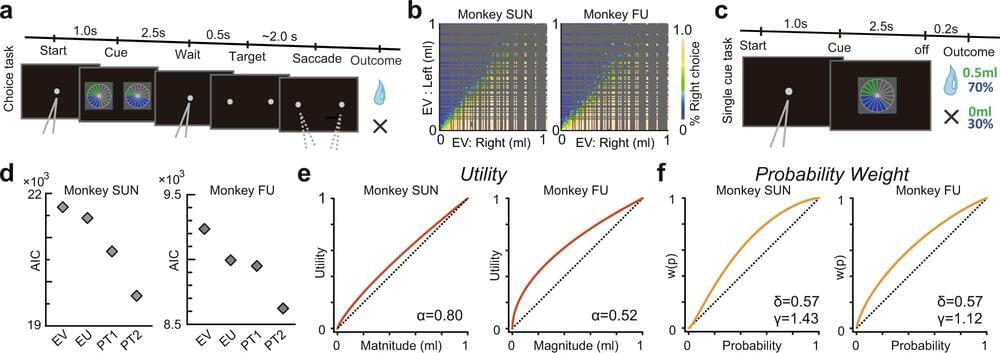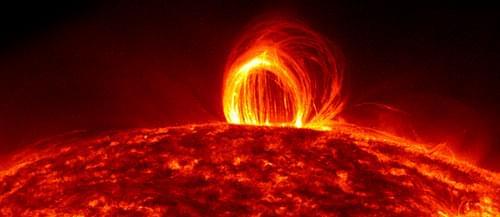© All Right Reserved Science World 2022
Theme Trend News By WP News Theme


Almost 900 servers have been hacked using a critical Zimbra Collaboration Suite (ZCS) vulnerability, which at the time was a zero-day without a patch for nearly 1.5 months.
The vulnerability tracked as CVE-2022–41352 is a remote code execution flaw that allows attackers to send an email with a malicious archive attachment that plants a web shell in the ZCS server while, at the same time, bypassing antivirus checks.
According to the cybersecurity company Kaspersky, various APT (advanced persistent threat) groups actively exploited the flaw soon after it was reported on the Zimbra forums.

The afterglow of the binary neutron-star merger GW1708171 gave evidence for a structured relativistic jet2–6 and a link3,7,8 between such mergers and short gamma-ray bursts. Superluminal motion, found using radio very long baseline interferometry3 (VLBI), together with the afterglow light curve provided constraints on the viewing angle (14–28 degrees), the opening angle of the jet core (less than 5 degrees) and a modest limit on the initial Lorentz factor of the jet core (more than 4). Here we report on another superluminal motion measurement, at seven times the speed of light, leveraging Hubble Space Telescope precision astrometry and previous radio VLBI data for GW170817.
Tiny single-celled critters obviously don’t have room for a brain to tell them how to move in complex ways, so to get about, they usually roll, slither or swim.
But microscopic pond dwellers called Euplotes eurystomus have mastered a way to walk brainlessly – scurrying about like insects, with their 14 little appendages.
They appear to move a bit like the Dutch-designed kinetic sculptures called Strandbeasts, with clockwork-like connections cycling them through a pattern of set states that can be adjusted in response to their environment.
The recently identified, globally predominant SARS-CoV-2 Omicron variant (BA.1) is highly transmissible, even in fully vaccinated individuals, and causes attenuated disease compared with other major viral variants recognized to date1 – 7. The Omicron spike (S) protein, with an unusually large number of mutations, is considered the major driver of these phenotypes3,8. We generated chimeric recombinant SARS-CoV-2 encoding the S gene of Omicron in the backbone of an ancestral SARS-CoV-2 isolate and compared this virus with the naturally circulating Omicron variant. The Omicron S-bearing virus robustly escapes vaccine-induced humoral immunity, mainly due to mutations in the receptor-binding motif (RBM), yet unlike naturally occurring Omicron, efficiently replicates in cell lines and primary-like distal lung cells. In K18-hACE2 mice, while Omicron causes mild, non-fatal infection, the Omicron S-carrying virus inflicts severe disease with a mortality rate of 80%. This indicates that while the vaccine escape of Omicron is defined by mutations in S, major determinants of viral pathogenicity reside outside of S.
The authors have declared no competing interest.

The mechanisms underlying decision-making have been a long-standing focus of neuroscience research. But now, researchers from Japan have found new information about how the reward system in the brain processes risky decisions.
In a study recently published in Nature Communications, researchers from the University of Tsukuba have revealed that individual neurons in the neural circuit that processes reward information fire in accordance with a well-established theory used to describe the decision-making process.
First proposed in the 1970s, prospect theory is a highly influential concept used to describe how people and animals make choices. Although this theory has been supported by thousands of studies, limitations in the temporal and spatial resolution of human neuroimaging techniques have prevented researchers from determining whether the activity of individual neurons follows this pattern, something that the researchers at the University of Tsukuba aimed to address.


Researchers have demonstrated a quantum sensor that can power itself using sunlight and an ambient magnetic field, an achievement that could help reduce the energy costs of this energy-hungry technology.
No longer the realm of science fiction, quantum sensors are today used in applications ranging from timekeeping and gravitational-wave detection to nanoscale magnetometry [1]. When making new quantum sensors, most researchers focus on creating devices that are as precise as possible, which typically requires using advanced—energy-hungry—technologies. This high energy consumption can be problematic for sensors designed for use in remote locations on Earth, in space, or in Internet-of-Things sensors that are not connected to mains electricity. To reduce the reliance of quantum sensors on external energy sources, Yunbin Zhu of the University of Science and Technology of China and colleagues now demonstrate a quantum sensor that directly exploits renewable energy sources to get the energy it needs to operate [2].

Data from the Parker Solar Probe confirms a long-suspected heat source for the Sun’s surprisingly hot corona, but there may be others.
The Sun’s surface temperature is around six thousand degrees kelvin, but the solar atmosphere—the corona and the solar wind—can reach a million degrees kelvin, a long-standing mystery in solar physics. Now, with data from the Parker Solar Probe, researchers have found evidence supporting a partial explanation for this mystery: magnetic waves driven by subsurface turbulence can impart energy to ions in these regions [1].
The exact mechanism of heating has been debated for decades, but the story appears to start with turbulent flow in the Sun’s convection zone, the outermost layer below the surface. In fluid dynamics, turbulence causes heating through a process known as turbulent energy cascade, where large eddies are converted into progressively smaller eddies. The energy in the smallest eddies is converted into heat through collisions between molecules.
You might suppose Hollywood is good at predicting the future. Indeed, Robert Wallace, head of the CIA’s Office of Technical Service and the US equivalent of MI6’s fictional Q, has recounted how Russian spies would watch the latest Bond movie to see what technologies might be coming their way.
Hollywood’s continuing obsession with killer robots might therefore be of significant concern. The newest such movie is Apple TV’s forthcoming sex robot courtroom drama Dolly.
I never thought I’d write the phrase “sex robot courtroom drama”, but there you go. Based on a 2011 short story by Elizabeth Bear, the plot concerns a billionaire killed by a sex robot that then asks for a lawyer to defend its murderous actions.